Efficient Training and Racing Pigeons

Training is one of the aspects of pigeons that most likely will not ever be exactly the same every year. Though we may have a constant philosophy or method of training, there are far too many factors that make it impossible to train exactly the same. Things that affect our training schedule are young bird seasons that start earlier and earlier, bad weather for several weeks or conveniently enough, just on the days we have time to train. Bad tosses, hawk attacks and sometimes family can affect our ability to train. When this happens, and our time is reduced, then it’s time to shift to efficient training. What is efficient training? Efficient training is making the most out of the time that you do have to train. It’s a matter of economics and it’s a matter of convenience. Previous sections have dealt with the Confident Method, which I believe is the best. But, if push comes to shove and too many factors come into play to interfere with training, then we have to shift in efficiency mode. Here are some changes and suggestions to each stage of training.
Roof Training
When getting the youngsters out, try to switch to twice a day feeding if possible. That way on days that you are off from work, you can let them out for 30 minutes to an hour and be able to call them in and then get them out again in the afternoon or early evening. Having a second feeding allows you to be able to call them in twice in a day. It also doubles your trap training. There will always be birds that sit out and the usual difficulties. For the smart birds they will get into the program quickly.
Loft Training
Once your birds are able to fly around, start making effective use of your time by flag flying when they are loft flying. Keep forcing the amount of time they are in the air by increments until they are flying the desired amount of time. This is IMPORTANT. As previously mentioned on days you can get them out more than once, the better.
Road Training
Once the team is starting to route for 30 minutes to 1 hour, you can finally start road training. The premise here though is that you do not have the time for the slow methodical approach. The first time out take the birds 30-40 miles out on the line of flight. Release the birds in three groups at least 20 minutes apart. If the birds have been loft flyng well and you have removed birds that refuse to loft fly, they will come home fine. They may take some time, but the first time out, they will be homing. If there are dummies in the group, they will start to disappear rapidly. Follow this up with another 30-40 mile toss two days later and an additional one two more days following. Once they have mastered the 30-40 miles site, you can increase the distance to 50 miles, then 75 miles and finally 100 miles. If you can only get them out once a week, do it. If you can get them out for a short 30-40 mile toss once midweek and then the 50,75 or 100 mile toss on the weekend, even better. The idea here is you are getting them out, on the line of flight, at the necessary distance and getting them fit so that you will be ready when racing starts. Some of the other methods such as breaking them down into really small groups, or single tossing most likely will not be feasible if you are in a rush. If something changes and you can incorporate them all the better.
Conclusion
Remember there is always the ideal way of doing things, the desired way of doing things, the practical way of doing things and finally the available way of doing things. Find what is going to work with the schedule that you have. Training is necessary. Skimp on training, or decide that you aren’t trained enough and skip a season and it will have detrimental affects. I have skipped seasons because I was too busy with work, family, etc. and then with the pressure of the race schedule removed, it is hard to stay focused and get those young birds down the road. If they do not race, they still have to train the same, otherwise, a few good ones will remain in the yearling season but most will be also rans or lost. Put the economics into play that you fed, medicated and spent money on them for really no reason and it just doesn’t make sense. Train, Train, Train!!
Efficient Training and Racing Pigeons by Domanski Family Lofts

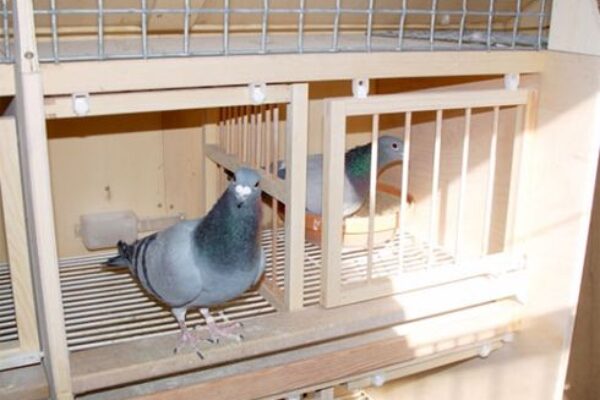
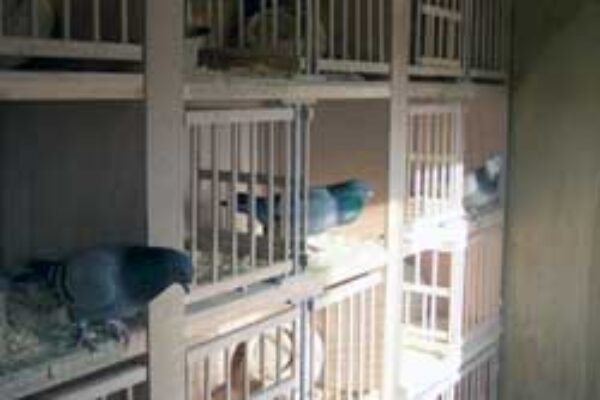
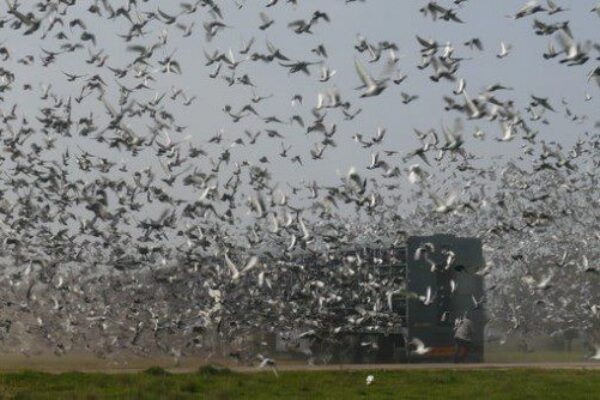
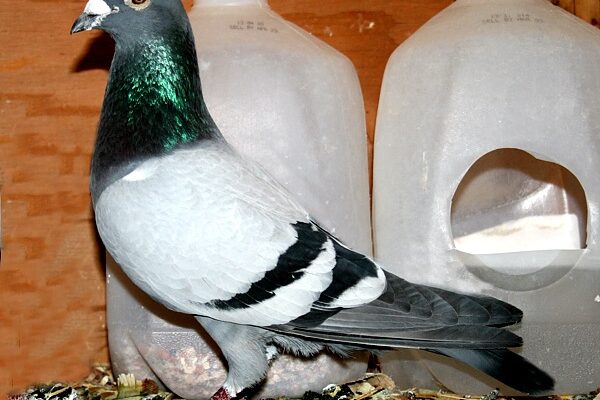
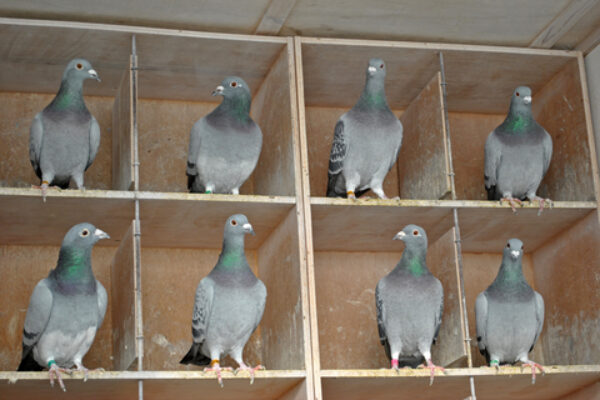
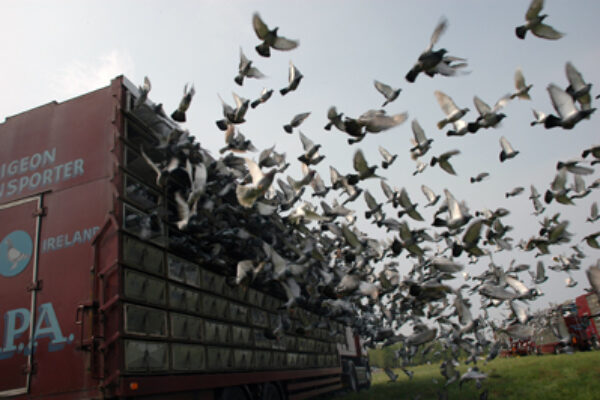


Nice photo 🙂
. . . of my birds
Now I think this is a good article……he touchs roof training, loft training and then road training……if your birds have the first 2 mastered,,,,then they ll make good at road training…..Roof training…..when the young bird first come out of the loft, its a whole new world to them….first they just look around….getting to know the roof and surrounding area……if they are used to you being around they will be easy to teach to go back in….but soon they try to test their wings…thats alway something to watch….they seem to go everywhere, in the trees on the nieghbor roof..in the yard….this is the time they begin to loft train……and you are wondering, how am I going to get them back into the loft…if they have been out before, they will work their way back to the roof…..if you go after them, you ll just scare them….in time they will all get back together…..after a few days of this.they ll stay together….soon you ll see them take to the air and made a few round around the loft…..let them do that for few days….when they seem to fly together, then they are ready to loft train……when you let the birds out you want them to hit the air and they will with much excitment……and with luck they ll all be in the air at the same time…….and at this time you ll see that they are circleing and circling and circleing….this is what you want…..you can see that they will stay together and move with the whole mass…….now what you want now is keep them in the air for awhile……this builds up they wings and also their breathing…as it takes a lot to keep them in the air on their long races……let themfly for as long as they want….. youll think they re never coming down….but they will…i like to see them coming out of the loft and rite into the air……..you need to have they up there for 30 minute or more……if they can do this at home….when you take out for that first training toss…….they ll be able to beat you home…non stop….good luck with your birds…..remember…there are homers and there are jethros……you want all your birds to be homers…….if you master the roof training and the loft training…..your bird will want to come home…….